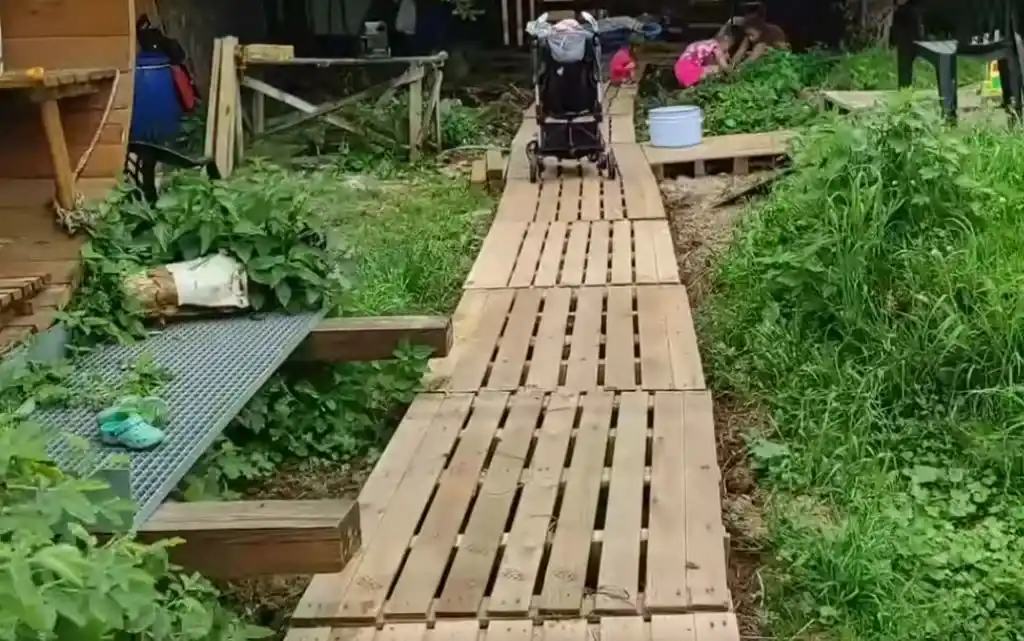Concrete Base Depth for a Shed: What You Need to Know
If you’re planning to install a shed, the first and most critical step is preparing a solid foundation. A concrete base is often the best choice for long-term stability and durability. But one key question many homeowners ask is: how deep should a concrete base be for a shed? This guide explains the ideal concrete base depth for shed construction, factors that affect it, and tips for a strong, level foundation.
Why a Concrete Base Is Important for Sheds
A well-built concrete base ensures your shed remains stable, level, and protected from moisture damage. It prevents the shed from shifting due to soil movement or weather changes. Unlike gravel or timber bases, concrete provides a permanent and reliable surface—especially important for larger sheds or those used for storage or as a workspace.
Recommended Concrete Base Depth for Sheds
The ideal concrete base depth for shed installations generally ranges from 4 to 6 inches. Here’s a more detailed breakdown:
- Small sheds (up to 6×8 feet): A 4-inch concrete slab is typically sufficient.
- Medium sheds (up to 10×12 feet): Go for a minimum 5-inch depth for added stability.
- Large sheds or workshops (over 10×12 feet): A 6-inch slab, often reinforced with steel mesh or rebar, is recommended.
This depth ensures the shed can handle weight and usage without cracking or settling.

Include a Solid Sub-Base
Beneath the concrete slab, it’s important to include a 2 to 4-inch layer of compacted hardcore or MOT Type 1 stone. This sub-base promotes proper drainage and provides extra support. So, the total depth of excavation may range from 6 to 10 inches, depending on your site conditions and slab thickness.
Summary:
- Sub-base: 2–4 inches (compacted)
- Concrete slab: 4–6 inches (depending on shed size)
- Total base depth: 6–10 inches
Factors That Affect Base Depth
Several factors influence how deep your concrete base should be:
- Shed Size and Weight
Heavier sheds require thicker slabs to support the load, especially if used for storing heavy tools or machinery. - Soil Type
Clay soils may require deeper excavation and thicker bases due to shifting. Sandy, well-drained soils are easier to work with and may only need standard depth. - Climate and Frost Line
In colder regions, the base may need to extend below the frost line to avoid freeze-thaw damage. Always check local building codes for guidance.
Should You Reinforce the Concrete?
For larger sheds or high-traffic use, reinforcing the slab with rebar or steel mesh is a smart choice. Reinforcement improves strength and reduces the risk of cracking over time, especially on less stable ground.
Tips for Pouring a Durable Concrete Shed Base
Use timber formwork to create sharp, clean slab edges.
Ensure the surface is level using a long spirit level or laser level.
Use a strong concrete mix, ideally a 1:2:4 ratio (cement:sand:gravel).
Cure the concrete by keeping it damp for at least 7 days to prevent shrinkage cracks.
Consider adding a damp-proof membrane (DPM) under the slab to prevent moisture rising through the base.
Final Thoughts
Choosing the right concrete base depth for shed construction is crucial to the long-term durability of your structure. A properly prepared slab that’s 4 to 6 inches thick, placed on a solid sub-base, provides the best foundation for most sheds. Always consider your shed’s size, weight, and local ground conditions when deciding on depth.
By getting the foundation right, you’ll ensure your shed stays level, safe, and secure for many years to come.
A properly built concrete base is the key to a shed that lasts through all seasons without shifting or sinking.
Looking for the best fencing company near Cambridge? Contact Cambusbuild.com today to schedule your free consultation. Your dream fence is just a phone call away!





